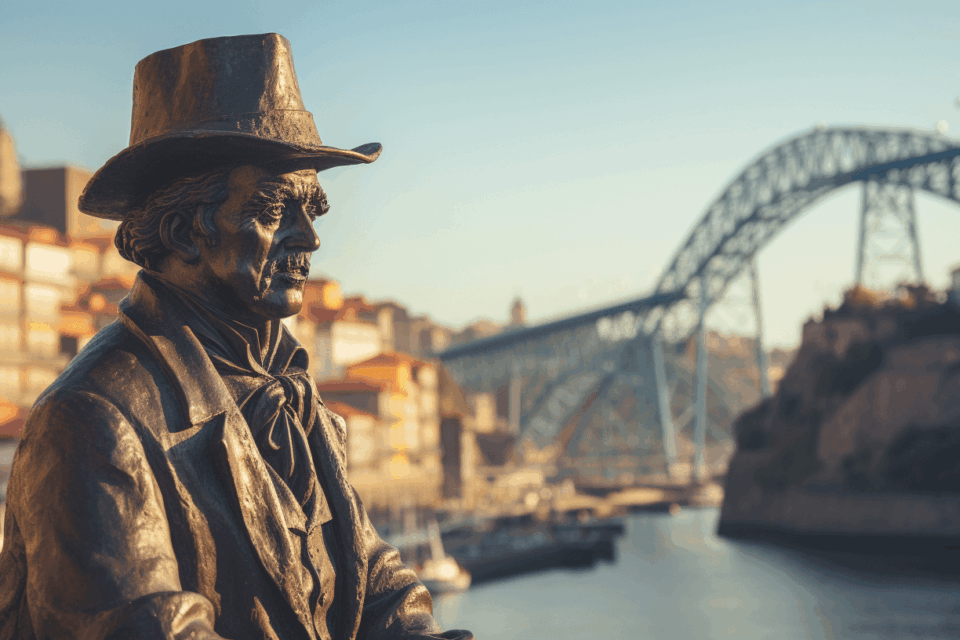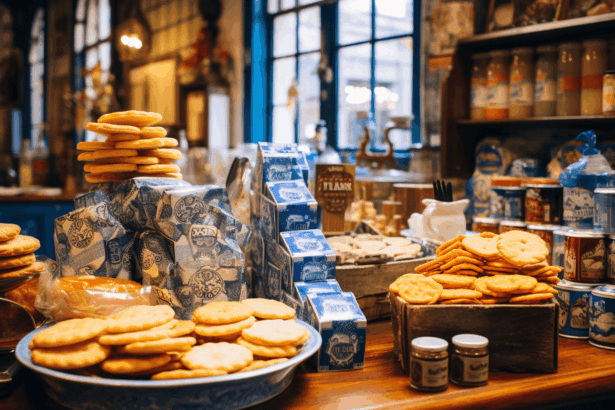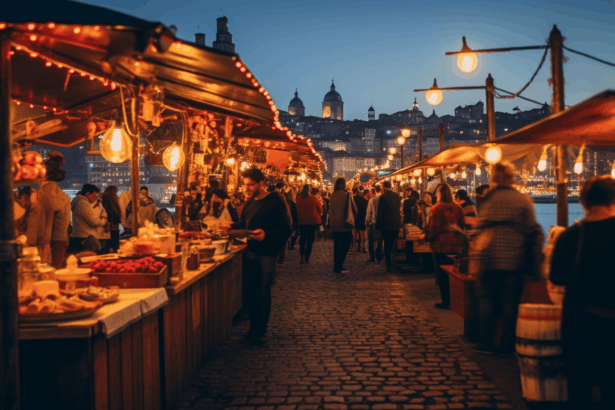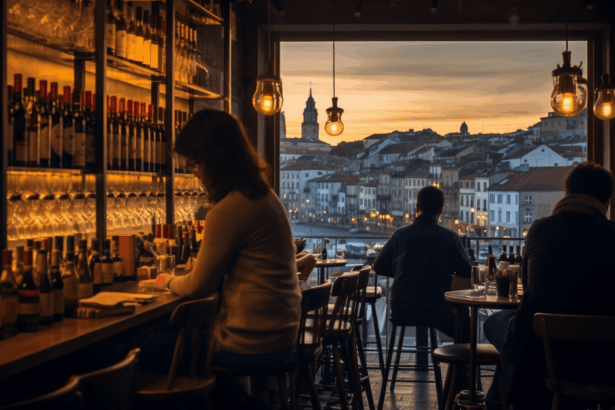Discover Porto’s Rich History and Iconic Figures
Porto, history, and culture are intrinsically intertwined in this vibrant Portuguese city known for its stunning architecture, flavorful cuisine, and storied past. Exploring Porto is akin to walking through a living museum, where each street tells tales of yesteryears, and every landmark speaks volumes of the city’s cultural heritage. In this article, we will delve into the heart of Porto, uncovering the stories of its iconic figures and the imprints they left on the cityscape.
Unveiling Porto: A City Steeped in History
Situated along the Douro River, Porto boasts a history that stretches back to Roman times. The city’s name is derived from the Latin portus, meaning harbor, highlighting its significance as a major trading port throughout history. The Historic Centre of Porto is a UNESCO World Heritage Site, celebrated for its cobblestone streets, medieval buildings, and baroque churches.
For those eager to dive deeper, Livraria Lello is an excellent starting point. This bookstore, often hailed as one of the most beautiful in the world, links literature with Porto’s cultural history, having inspired renowned authors like J.K. Rowling.
Iconic Figures in Porto’s History
Porto’s history is rich with remarkable individuals whose lives and achievements continue to draw admiration. Let’s explore a few of these notable figures:
Infante Dom Henrique: The Navigator
Known as Prince Henry the Navigator, Infante Dom Henrique was instrumental in the early days of the Portuguese Empire. Born in Porto, he played a pivotal role in the maritime discoveries that marked the 15th century. His support for exploratory voyages opened new trade routes and helped establish Portugal as a leading global maritime power.
The Monument to the Discoveries, located in Lisbon, honors his contributions and those of other explorers, celebrating the Age of Discoveries that originated in places like Porto.
Almeida Garrett: The Renaissance Man
João Baptista da Silva Leitão de Almeida Garrett was a prominent playwright, poet, and politician of the 19th century. Born in Porto, Garrett was a central figure in the Portuguese Romantic literary movement. His work “Frei Luís de Sousa” is a staple of Portuguese literature, and his influence extends to theater and politics.
The Teatro Nacional São João in Porto commemorates his impact, continuing to host performances that echo his artistic legacy.
Maria Pia of Savoy: The Queen Consort
As Queen Consort of Portugal, Maria Pia of Savoy left a lasting mark on Porto’s architectural and cultural landscape. She is remembered for her patronage of the arts and involvement in numerous charitable activities. The Maria Pia Bridge, a stunning railway bridge designed by Gustave Eiffel, stands as a testament to her influence and marks the technological advancements of the late 19th century.
Discovering Porto Through Cultural Landmarks
Porto’s history is not only narrated through its iconic figures but also through its well-preserved cultural landmarks. As you walk through the city’s streets, these landmarks offer a tangible connection to the past.
Clérigos Tower and Church
A visit to Clérigos Tower provides panoramic views of the city along with an insight into Porto’s baroque architecture. Designed by Nicolau Nasoni, the tower is a symbol of the city and an architectural masterpiece that showcases Porto’s rich cultural heritage.
Palácio da Bolsa
The Palácio da Bolsa is another cornerstone of Porto’s cultural identity. This neoclassical building, originally a stock exchange, is renowned for its opulent Arab Room. Guided tours offer insights into the building’s history and its significance in Porto’s economic development.
São Bento Railway Station
The São Bento Railway Station is famed for its stunning azulejo tile panels, depicting pivotal moments in Portuguese history. This station serves as more than just a transportation hub; it’s a mosaic of the city’s storied past and cultural evolution.
Experiencing Porto’s Culinary Culture
No exploration of Porto’s history and culture would be complete without indulging in its culinary delights. The city’s gastronomy is a reflection of its historical influences and cultural diversity.
Francesinha: A Porto Classic
Francesinha, a signature dish of Porto, is a decadent sandwich covered in melted cheese and a savory beer-based sauce. For an authentic experience, head to Café Santiago, consistently ranked among the best spots to savor this dish.
Port Wine: A Tradition Steeped in History
Porto is synonymous with Port wine, a fortified wine produced in the Douro Valley. Visiting Taylor’s Port offers guided tours and tastings, providing insights into the rich history and production process of this iconic beverage.
Tips for Exploring Porto
Navigating Porto’s historical and cultural offerings can be an enriching experience with a few handy tips:
1. Get a Porto Card: The Porto Card provides free access or discounts to various attractions and unlimited use of public transport.
2. Join a Walking Tour: Engage with local guides who offer walking tours focused on Porto’s history and architecture, adding depth to your understanding of the city.
3. Visit Off-Peak: To enjoy a more relaxed experience at popular spots, consider visiting during the shoulder seasons of late spring or early autumn.
4. Stay Central: Opt for accommodation in the historic Ribeira district to be within walking distance of major attractions.
Porto’s allure lies in its ability to blend the past with the present seamlessly. Its history, reflected in its architecture, people, and traditions, invites travelers to immerse themselves in a cultural tapestry that is as rich as it is rewarding. Whether through its iconic figures, magnificent landmarks, or delightful cuisine, Porto continues to captivate and inspire all who wander its storied streets.



